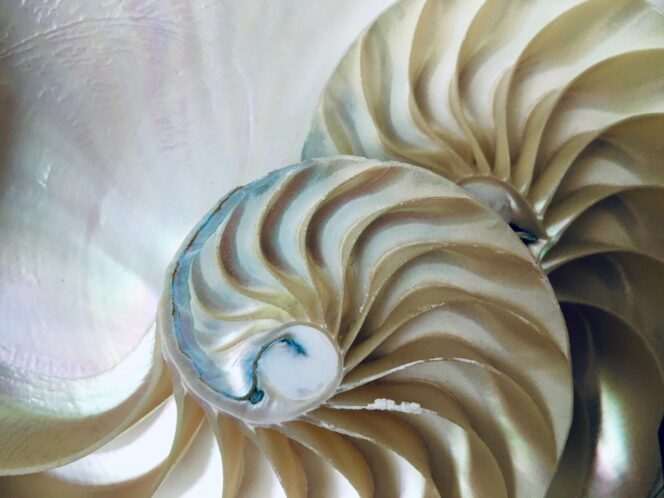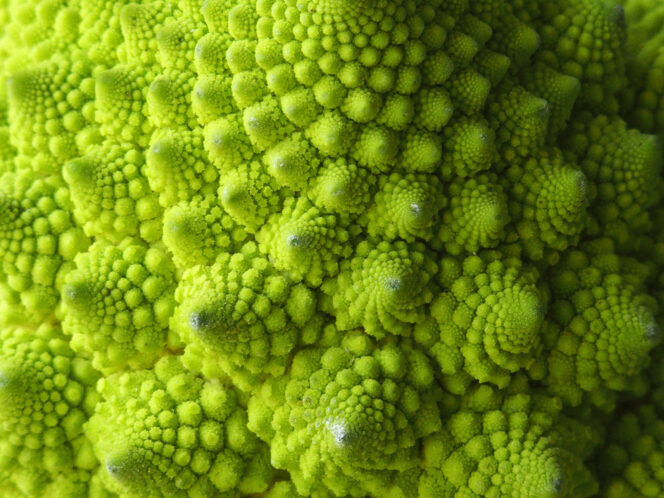Fractal patterns are noticed by people of all ages, even small children, and have significant calming effects. A new study from the University of Oregon found that, by the age of three, children understand (and prefer) nature’s fractal patterns. A “fractal” is a pattern that the laws of nature repeat at different scales. “Exact fractals” are ordered in such a way that the same basic pattern repeats exactly at every scale. An example of exact fractals can be found in the growth spiral of a plant. “Statistical fractals”, on the other hand, repeat in a similar (but not identical) fashion across scales and do not possess spatial symmetry. An example of a statistical fractal can be seen in things like clouds and mountains, rivers, and trees. In a forest, you can find hundreds of fractals, if you look for them—from seeds and pinecones to the similar replication of trees and ferns. Growth spirals on plants like the spiral aloe are among the most visually pleasing fractals in nature. Fractal patterns have always been evident in nature, but now more than ever they are becoming apparent in man-made objects, including art. (An example of this would be this piece, “Ring of Fire” by Carl Jones.) Kelly E. Robles, the leader of the study and a doctoral student in the Department of Psychology at the University of Oregon, explains: “Unlike early humans who lived outside on savannahs, modern-day humans spend the majority of their early lives inside these manmade structures. So, since children are not heavily exposed to these natural, low-to-moderate complexity fractal patterns, this preference must come from something earlier in development or perhaps it is innate.” The research team explored how individual differences in processing styles might account for trends in fractal fluency. Researchers exposed participants to images of fractal patterns (exact and statistical), ranging in complexity on computer screens. The ages of the participants were:
- 82 adults (between the ages of 18-33)
- 96 children (between the ages of 3-10)
When viewing these patterns, the participants chose favorites between pairs of images that differed in complexity. When looking at exact fractal patterns, selections involved different pairs of snowflake-like or branch-like images. For statistical fractals, selections involved choosing between pairs of cloud-like images.









